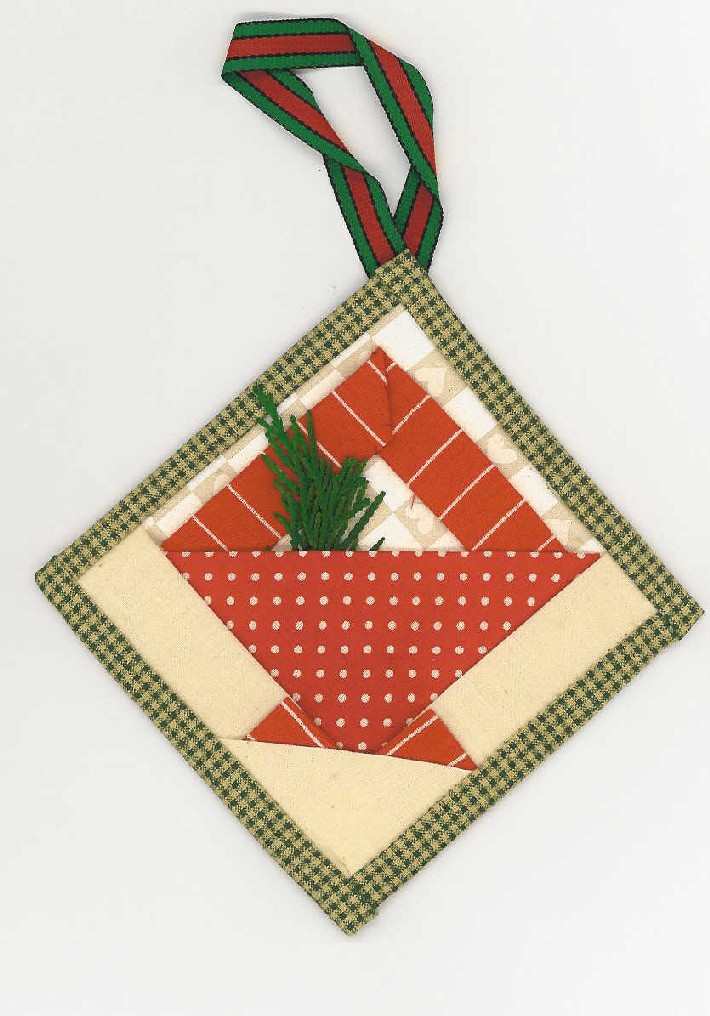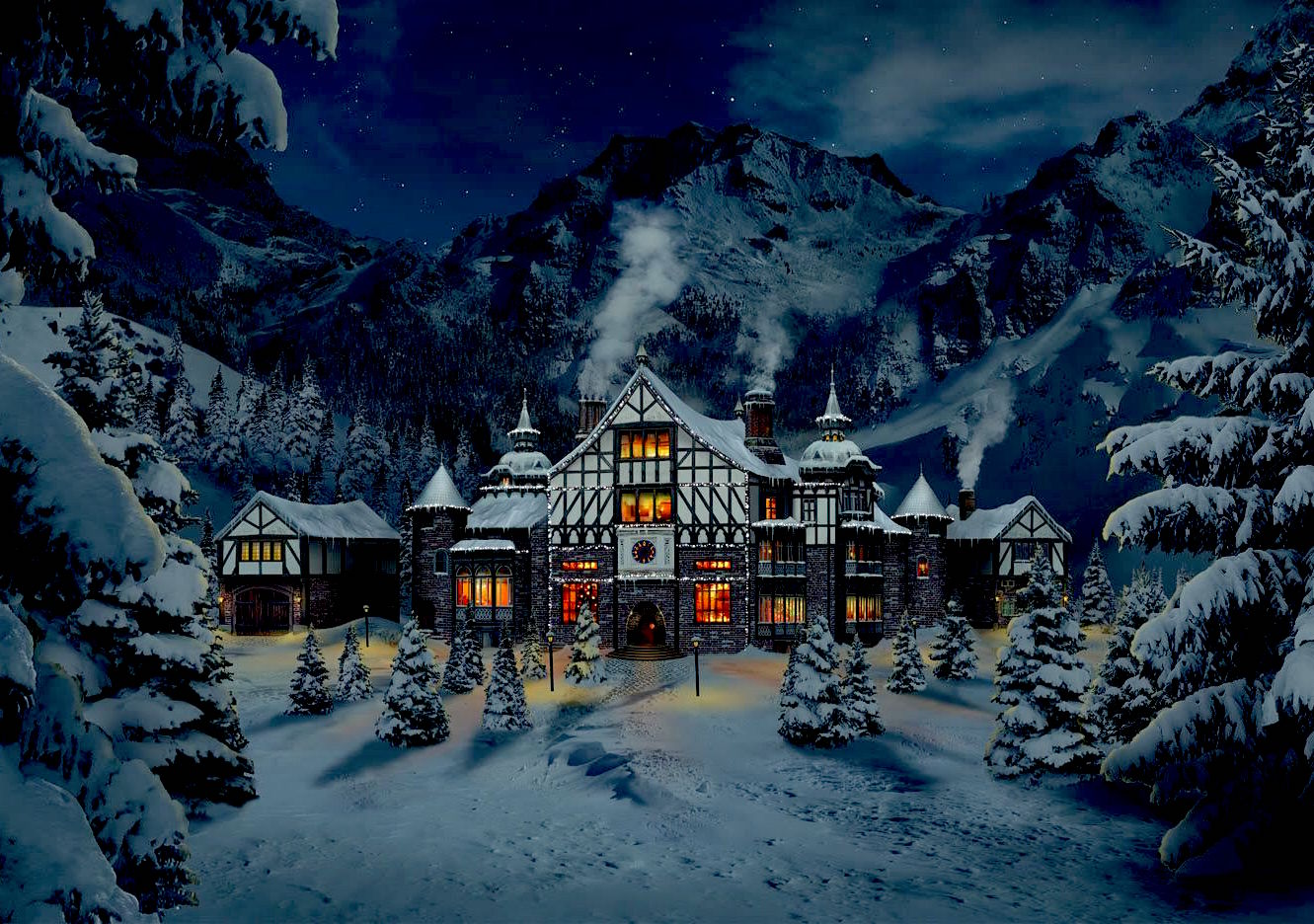Fabric Art: Treasured Patches of History
Local Quilt Show Features Quilts from Civil War
By Ramona Francis,
Madera Tribune Madera California USA
On Tuesday, July 27, The Heart of California Quilter’s, a nonprofit organization based in Madera, will be hosting a “trunk show,” featuring quilts from the Civil War and Depression eras.
Guest presenter, Janet Fletcher, will display approximately 15 pieces from her collection. “All have been dated and appraised,” she said.
“One of the quilts is dated 1852 and signed by a man, but was most likely a quilt presented to him,” says Fletcher. “Another quilt referred to as a ‘Friendship’ quilt is dated 1898”.
All quilts displayed in the show are presentation quilts, rather than working quilts, meaning that they are quilts given as gifts to brides, going away presents or to honor someone.
The Madera quilting group began in 1991 by founder Phyllis Giersch. This was the same year she sold her Madera based quilt shop called Patchwork Pansy to give more time to her seriously ill daughter.
Selling her shop did not stymie Giersch’s interest in quilting arts. Beginning from her early introduction as a girl growing up in Kansas, her learning continued. Fast-forwarding in life, she later taught quilting in Madera and in 1997 was recognized as Artist of the Year.
Linda Sloan, the Program Chair for the Heart of California Quilters said, “Plans are being developed for a quilt museum in Madera.” Fletcher agrees. “I would love to see a fabric art museum with quilts as a part of it,” said Fletcher. “We would need to have a way to sustain it.”
When talking about annual activities of the Madera quilter’s group, Sloan described the “Opportunity Quilt”, a quilt used as the primary fundraiser for the nonprofit. The yearly quilt making activity has generated money, more than to cover the cost of the quilt, but to also support the program. What is left of the money is donated to the art department at the high school.
Additionally, members make and donate small quilts, called comfort quits. These are given to children in crisis through the Children’s Protective Services, Valley Children’s Hospital, and any other organization where they are needed.
“The organization has given away over 100 comfort quilts,” said Linda Sloan.
America’s Quilting History
Historically, quilting is an activity that women did to fulfill a creative niche while at the same time making something practical for the family. Bedding was indispensable, particularly on cold nights and attractive patterns and fabrics introduced simple beauty into the home.
A great number of quilts were made during the civil war period as a means to raise money, and for soldier’s bedding. Women in the southern states were involved in commercial ventures of patriotism by quilting during the Civil war period in history. As interest in quilting increased, the quilting became more elaborate. Women created beautiful quilts often of silk. There is even mention of silk Log Cabin quilts. Competing in fairs, the quilts brought in a great deal of money to help buy needed supplies for the Union. Waves of commemorative quilts were made after the war.
Northern women were accustomed to gathering together and sewing for a cause. During the war, church and abolitionist groups simply changed their focus to helping soldiers. Soldier’s aid societies were formed. An organization called the Sanitary Commission was established to do what was possible to prevent the death of soldiers from disease and injury. As the urgent need for soldier’s bedding became apparent the Sanitary Commission added the collection and distribution of donated quilts and comforts to their activities. (Judy Anne Johnson, from America’s Quilting History)
Quilts of the depression era were not necessarily for private use either. Quilting was a way of earning money to help a family get by financially. Both country and city dwellers collected scraps of material to do piecework for pay. The quilt could be made from sewing scraps and from out-grown clothing, to minimize or eliminate expense.
The continuity of quilting is the continuity of a fabric art, kept alive by those who recognize its unique value. Quilting continues to bring women and sometimes men together, people who are building communities, sustaining an art, refining workmanship, maintaining its history and giving to causes consistent with the long tradition preceding it.
For more information about American Quilts see extensive listings at www.pbs.org , then search for American Quilts.



